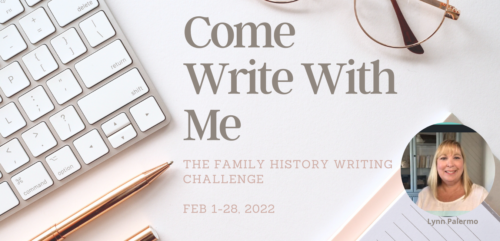
Related Post
Two Minute Tip- Creating a WorkflowTwo Minute Tip- Creating a Workflow
http://familyhistorywritingstudio.wistia.com/medias/zqmf83o035?embedType=iframe&videoWidth=640
http://familyhistorywritingstudio.wistia.com/medias/zqmf83o035?embedType=iframe&videoWidth=640